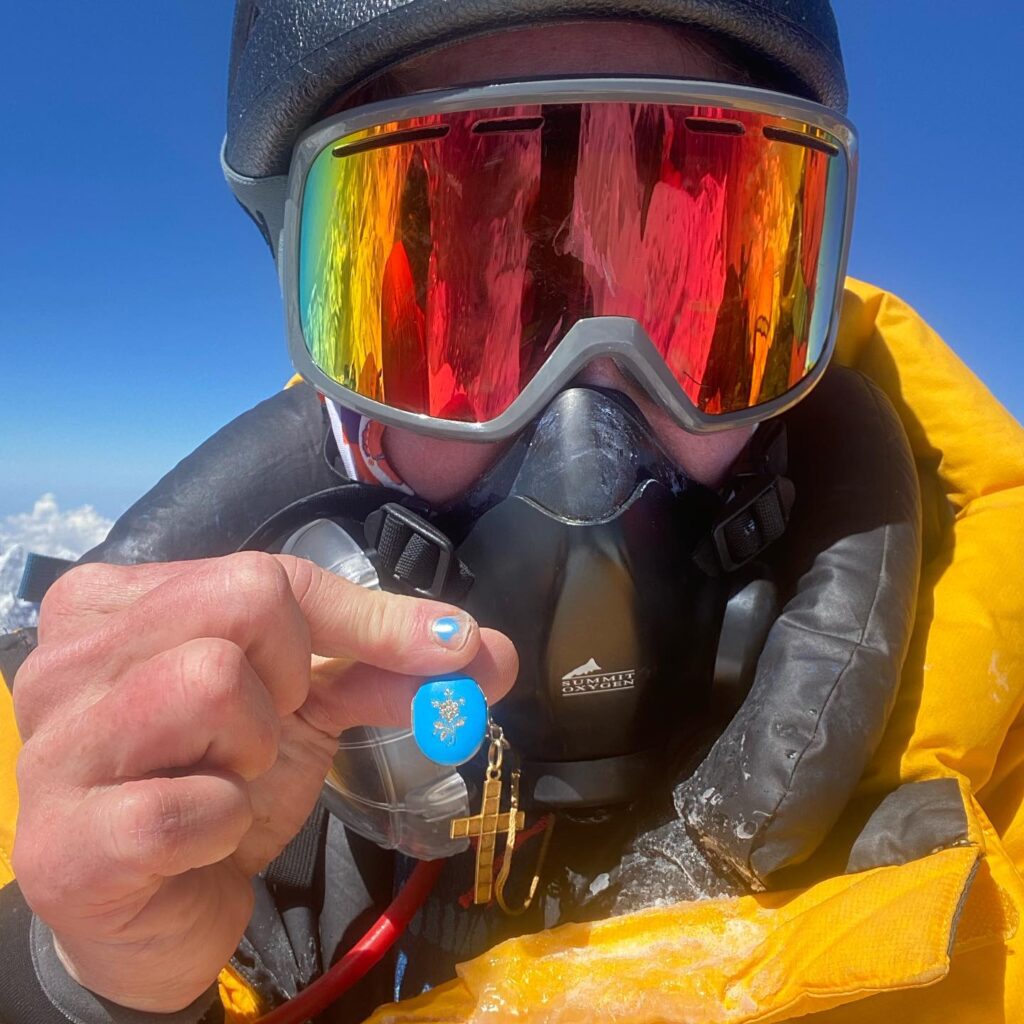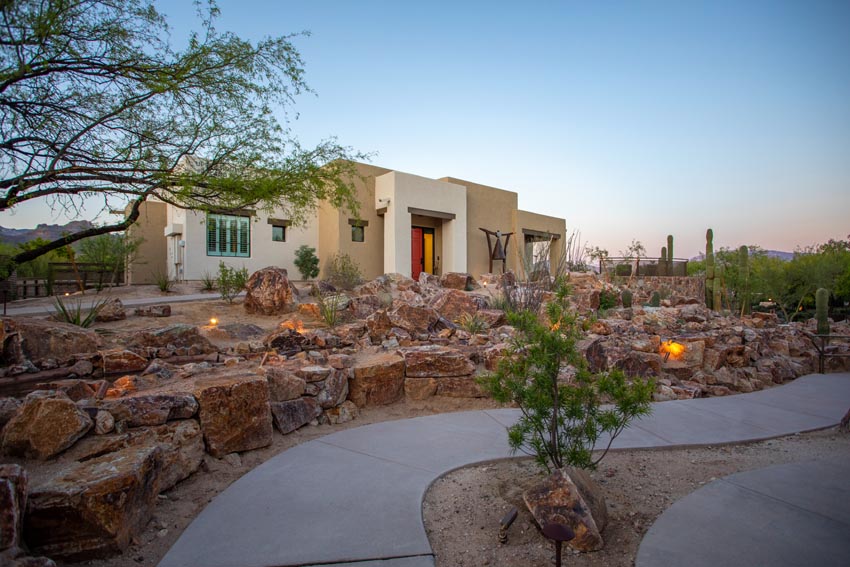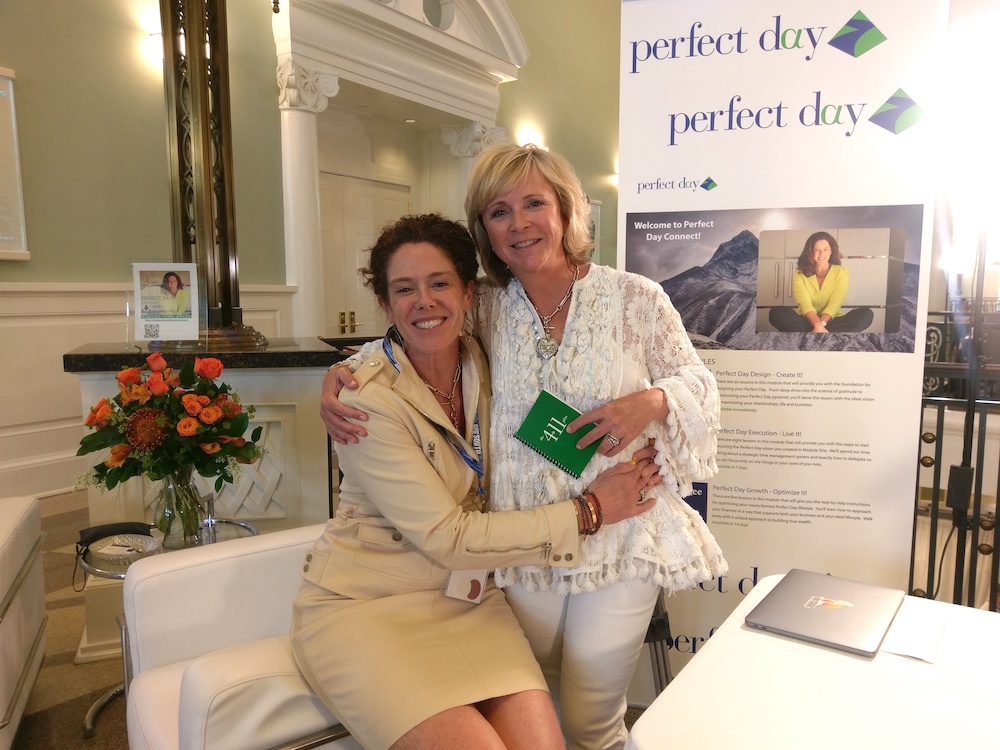
I’m back—literally. Last week, I summited Mt. Everest—the tallest mountain in the world. Yesterday, I received a message from a woman I greatly admire and it brought perspective to what I am feeling. I climbed with her in Bolivia over a decade ago. She is the person, who suggested that I climb a “hill” called #MountEverest!
She told me: “Coming down is way harder than going up and will take much, much longer — years even to do this. Once you descend, so much will no longer make sense. Good luck with your re-entry. Be sure to look after yourself. Sending much love❤️”
She’s right: Coming down is much harder than going up. Huh?
I just climbed to over 29k+ ft/8839M. Have you ever thought about this in your own life? The climb was hard but descending and returning to “normal” is so much harder.

I also know a woman, who is just as wise as the friend I mentioned above. She was the first South African woman to climb the 7 Summits of the world. She also said my friend was right.
Where’s the Fine Print?
Honestly, I thought, Perhaps I’m special. I’m immune. Impervious to what “coming down” looks and feels like. A few days after leaving the summit I had to admit: I don’t think so.
Like any information, good or bad, it makes one pause. The truth stopped me in my tracks and whether it’s pure and simple awareness or the sheer human nature of the susceptibility of what I’m now clued into, the “Climber’s Abyss” is real. I feel it—the shift. Coming down is hard.
So, what I want to know is, “Where’s the fine print in all of this? I saw no disclaimers or warnings on the oxygen mask.”
Nothing was written out in the literature or the training manual. Yet here I sit on the airplane, thankful for the last Himalayan adrenaline rush and grateful to be safely getting out of Nepal, which is on serious COVID lockdown.
I decide to Google “Post Everest Depression” and my phone screen suddenly become swamped with way too many stories about this very thing. Articles that I won’t read now. (There’s a lot.)
I realize the truth: There’s no more subconscious daily thinking about how cold it is going to be tonight. I’m no longer in a place where I ask: Should I wear earplugs, or would I rather hear the avalanches throughout the night?
Gone are the questions about whether to wear socks or down booties? Or what will I wear so I’ll be prepared for the next day’s climb. It is back to normal but my normal has changed!
Climber’s Abyss
My days and nights were filled with thoughts and questions like these and many more. Will I be warm; too warm? Will I sleep and be comfortable until I leave at 3am? Do I start cold, be bold, but not risk injury or frostbite?
My daily list still haunts me causing me to wonder how did I do it for 60 days?
My current rear view mirror shows me there is a very “realness” surrounding this so-called Climber’s Abyss. I feel it and it’s the next mountain I need to climb. But we all have mountains in our lives. We have to come down at some point.
Telling yourself the truth helps. “You made it. You did it. You were not alone, and you are not alone now. You climb for a reason and not just to look in a mirror and think how grand you are.” No!
This is life and so I am here. I think about my family and my girls. I’m grateful for each one of you and your support. I’ll write more in the weeks to come. The wheels of the airplane have just touched down and I’m doing the same.
Honestly, and don’t take this wrong: I really don’t want any more congratulations. No more ‘You’re amazing’ or ‘What an accomplishment.’ I’m grateful for those comments, but what I really want to say is I’m proof that ordinary people can do exceptional things. You can, too, but you must be determined to stick with your climb.
So, be exceptional yourself be @Adaire and @Jessic and @Julie—make this summit about #takethehealthpledge and make it about YOU and then about YOU challenging and inspiring others to follow suit.
My climb to the top of Mt. Everest and my climb today is still about cancer prevention and awareness. Catch cancer at stage zero—NOT stage 3 or 4.
Your Hillary Step
Everyone has their own summit—their own scary Khumbu Icefall—or Hillary Step at 28k+ feet. Yours could be making and keeping a mammogram or colonoscopy appointment. If you prayed or congratulated me, thank you.
But will you do one more thing for me? Take the health pledge listed on my website. Then post that you have done it and how you plan to re-prioritize your health.
Make this expedition—this summit not about me summiting Everest but about the hundreds, thousands—even millions of people who have ‘summited’ their own health mountains.
Thank you for using social media as a platform—not just for praise—but for inspiration and wellness and to inspire others to take the health pledge.
Then Everest, which is known to take lives, will be more about giving life—to staying on top! Thank you, Prayer, Pledge, and Praise warriors! So, who’s first?
Thank you also to those mentioned herein who led the charge with publicly announcing their pledges and appointments made! You’re inspiring exceptional! #PerfectDay to be #exceptional! So Everyday Everest continues!





About The Author: Cokie Berenyi
Cokie Berenyi has been in financial services and serving the needs of individual and institutional clients and entrepreneurs since 1996. Mother, author, business owner, financial “samurai” and Perfect Day engineer, Cokie loves food, wine, travel, stray dogs, goat cheese, tennis, and alpine mountaineering.
More posts by Cokie Berenyi